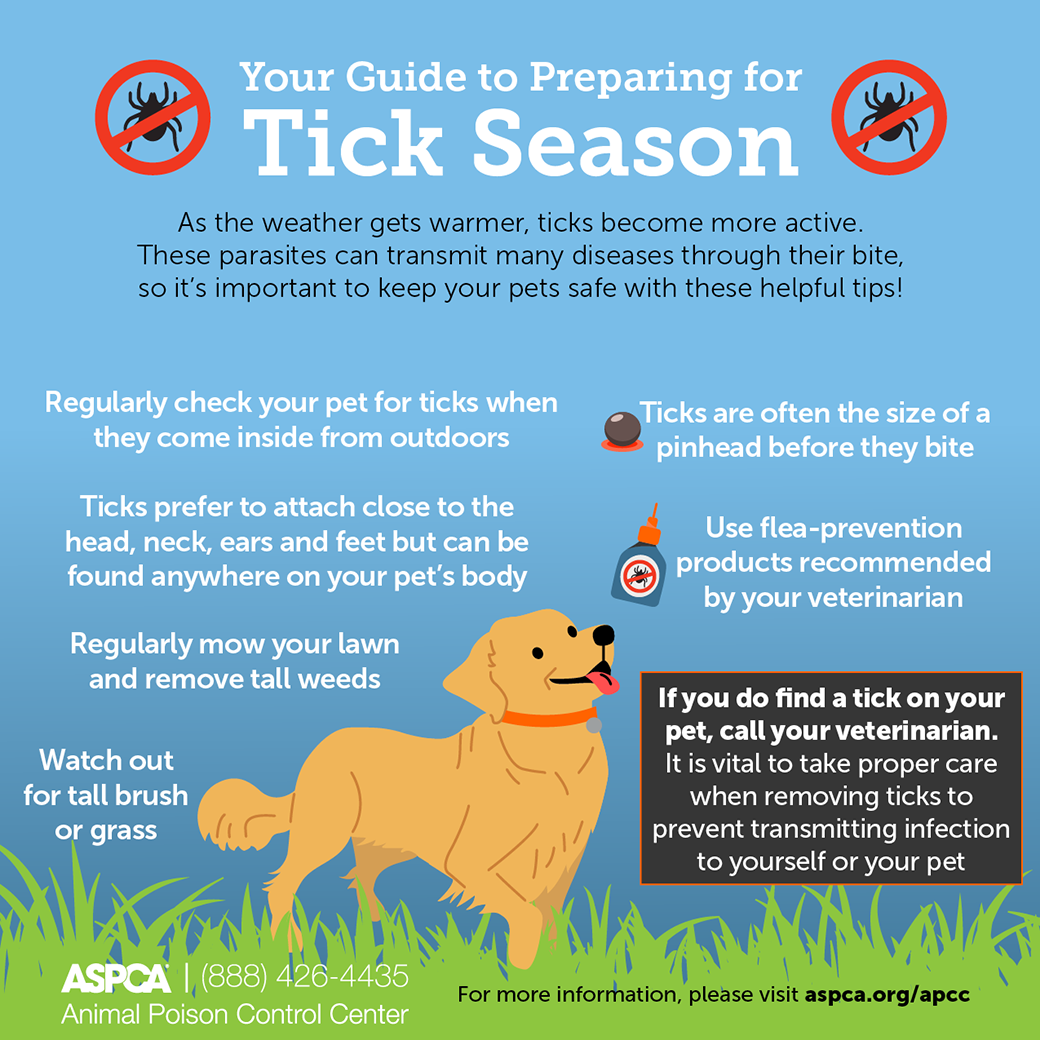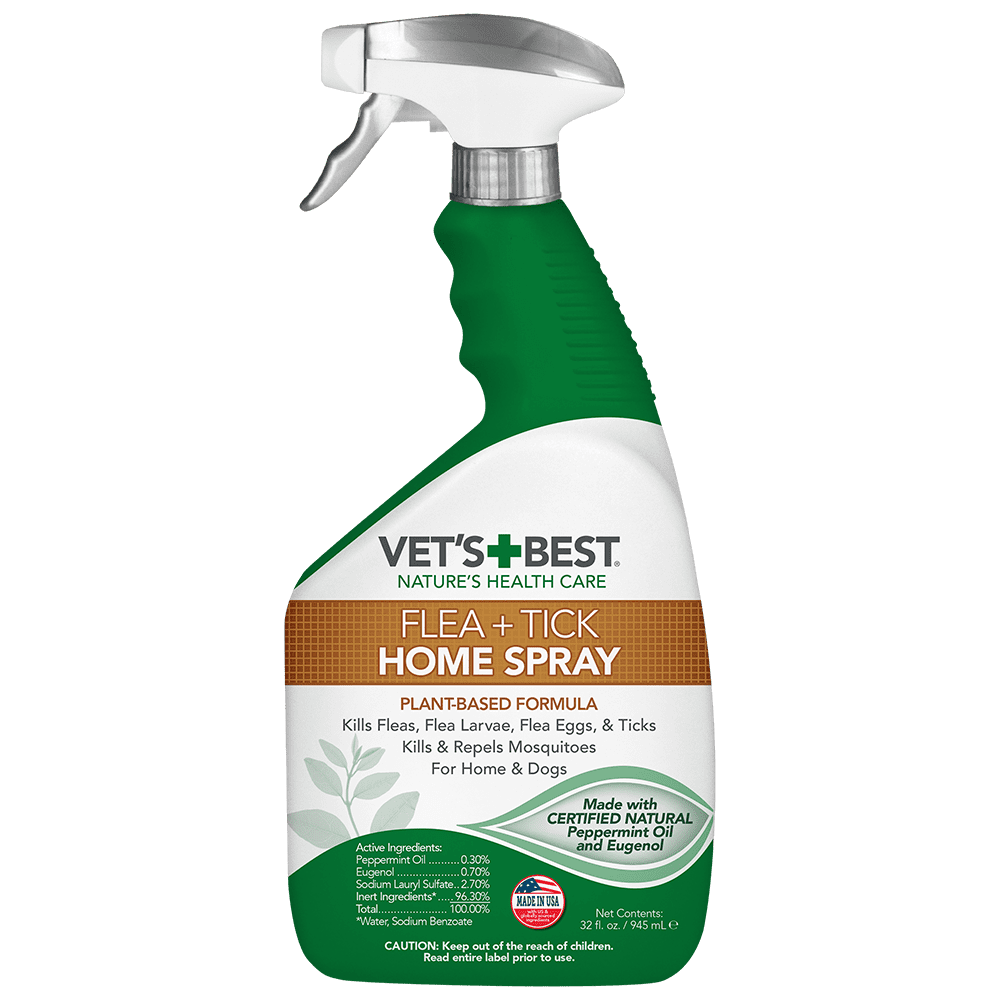

They work by killing any adult fleas that come into contact with the collar, but studies indicate they do not prevent flea eggs from hatching and may not be effective in preventing a full-blown infestation.

Ticks can transmit serious diseases such as Lyme disease when they bite humans so it’s important to keep an eye out for them while hiking or camping with your dog.
FLEA AND TICK PREVENTION FOR DOGS SKIN
They feed on blood by attaching themselves to the skin with their mouth parts and sucking until they’re full (up to several days). Ticks are another parasite many dogs encounter in the wild or during walks in wooded areas.

These eggs hatch into larvae that feed on your dog’s blood for up to two weeks before becoming adults and starting the cycle again. A single female flea can lay up to 2,000 eggs in its lifetime. Flea bites look like small red dots and are found on the skin around your dog’s neck, legs and tail. With our OTC flea and tick prevention for dogs, you’ll be able to protect your dog from these nasty parasites. They can cause irritation, rashes, and even illness. We look forward to helping you and your pet continue to make the most of the warmer seasons.Fleas are one of the most common pests that plague your pet. Let us help find the most effective and safe prevention or treatment options available on the market for your best friend. If you are interested in the wide variety of prevention options that are currently available to help protect your dog throughout the year, we encourage you to schedule your appointment with one of our Veterinarians today.
FLEA AND TICK PREVENTION FOR DOGS HOW TO
In addition to providing great service to remove fleas and ticks from your dog, we also work to educate you on how to avoid the problem in the future. At the first sign of these pests, it is important to bring your dog into Advanced Care Veterinary Hospital for the appropriate treatment and ongoing prevention support they need to remain healthy and happy. If you suspect fleas or ticks may be present, a warm bath and the use of a flea comb may be needed to determine what pests are present, if any.įailure to address flea and tick problems affecting your dog can have lasting and potentially fatal consequences. As you might imagine, this means that a thorough inspection may be needed regularly to ensure your dog hasn’t picked up any unwanted hitchhikers. However, ticks aren’t too picky as long as they are able to have direct access to the bloodstream to feed off of. In many cases, fleas will congregate around the ears, armpits, back, and groin of a dog because of the warmth and protection that these areas provide for them. The only real way to prevent this from occurring to ensure your dog remains happy and healthy is by investing in a prevention plan designed to protect them from these unwanted pests. On the other hand, ticks are capable of spreading Lyme Disease, Ehrlichia, Rocky Mountain Spotted Fever and many more devastating illnesses. With this uncertainty looming at all times, flea and tick prevention should be your primary defense against these pests as a dog owner.įleas can carry a variety of diseases and parasites that could negatively impact the health of your dog including the transmission of tapeworms, anemia or the development of painful dermatitis if the dog is allergic to flea saliva. However, it is also possible for fleas and ticks to hitchhike on other animals that your dog may come in contact with including stray animals, wild animals that find their way into your yard or by coming into contact with a friend or family member’s dog that is harboring fleas or ticks. There are several different ways that your dog may become the next victim of fleas or ticks and all that would be necessary is a trip into the backyard.


 0 kommentar(er)
0 kommentar(er)
